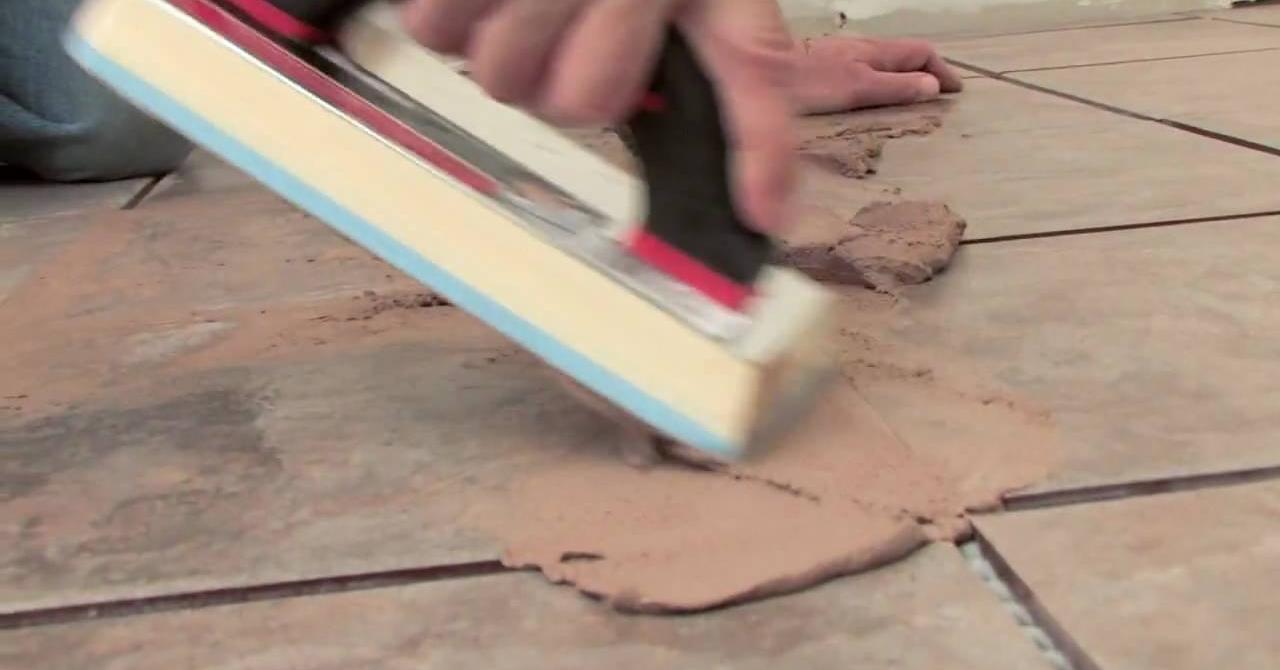Are you curious to know what is grouting? You have come to the right place as I am going to tell you everything about grouting in a very simple explanation. Without further discussion let’s begin to know what is grouting?
In the realm of construction and geotechnical engineering, grouting emerges as a crucial process that contributes to the stability, durability, and integrity of structures. This comprehensive guide aims to demystify the concept of grouting, exploring its processes, applications, and the materials involved.
What Is Grouting?
Grouting is a specialized construction process that involves injecting a fluid-like material into voids or spaces in soil, rock, or concrete structures. This method is employed to enhance the strength, seal gaps, or provide structural support in various applications.
What Is Grouting In Construction?
In construction, grouting is a versatile technique used to address various challenges, including stabilizing foundations, filling voids, and improving soil conditions. It plays a pivotal role in enhancing the structural integrity of buildings and infrastructure projects.
What Is Grouting In Concrete?
Grouting in concrete involves the injection of a fluid mixture, known as grout, into the gaps or spaces within a concrete structure. This process helps fill voids, repair cracks, and improve the overall durability of concrete elements.
What Is Grouting In Foundation?
Grouting in foundation work is a common practice to stabilize soils, lift foundations, and mitigate settlement issues. The process involves injecting grout beneath the foundation, effectively compacting the soil and providing additional support.
What Is Grouting In Geology?
In geology, grouting is utilized to address ground stability issues. It involves injecting grout into rock formations or soil to improve their mechanical properties, control water flow, and prevent subsurface erosion.
Types Of Grouting
- Cement Grouting: Involves injecting a cement-based grout mixture to fill voids and stabilize soil or rock.
- Chemical Grouting: Utilizes chemical additives to create a reactive grout that can permeate and solidify soil or rock.
- Pressure Grouting: Involves injecting grout under pressure to ensure it penetrates voids effectively.
- Compaction Grouting: Used to densify and compact loose or weak soil by injecting low-mobility grout.
- Permeation Grouting: Focuses on improving the permeability of soil by injecting a low-viscosity grout.
What Is Grouting In Tiles?
In the context of tiling, grouting refers to the process of filling the gaps between tiles with a cement-based or epoxy grout material. This enhances the aesthetics of the tiled surface and provides stability to the tile installation.
Grouting Material List
- Cement Grout: Comprising cement, water, and additives, it is commonly used for various construction applications.
- Epoxy Grout: A resilient and durable grouting material suitable for tiles and areas with high moisture levels.
- Chemical Grout: Utilized for soil stabilization and ground improvement, often containing polyurethane or acrylate compounds.
- Microfine Cement Grout: Used in fine fractures and porous formations due to its small particle size.
Conclusion
In conclusion, grouting is a multifaceted process that plays a pivotal role in construction, geotechnical engineering, and various other applications. Whether stabilizing foundations, enhancing soil properties, or improving the aesthetic appeal of tiled surfaces, the grouting process is a versatile and indispensable tool in the toolkit of civil engineering and construction professionals. As technologies and materials continue to evolve, the role of grouting in building resilient and sustainable structures remains as relevant as ever.
FAQ
What Do You Mean By Grouting?
to put a thin line of mortar in the spaces between tiles: We spent the weekend grouting the bathroom.
What Is Grout In Cement?
Generally, grout is a mixture of cement, sand, and water or chemicals used to fill gaps. They are commonly used in the repair of concrete cracks, fill seams and gaps in tiles, seal and fill gaps for waterproofing, as well as for soil stabilization.
What Are The Two Types Of Grout?
Sanded grout is classified as a cement grout that has 1/8” or larger grit to it. Unsanded grout is a cement grout with less than 1/8” grit. Generally, unsanded grout is used for tile applications with narrower grout joints, from 1/16” to 1/8”.
Why Is Grouting Necessary?
Grouting a tiled surface helps to prevent moisture from seeping into the gaps between tiles or stones. This is especially important in wet areas of your home that are prone to high humidity, such as bathrooms and kitchens.
I Have Covered All The Following Queries And Topics In The Above Article
What Is Grouting Process
What Is Grouting In Construction
What Is Grouting In Concrete
What Is Grouting In Foundation
What Is Grouting In Geology
Types Of Grouting
What Is Grouting In Tiles
Grouting Material List
What Is Grouting

